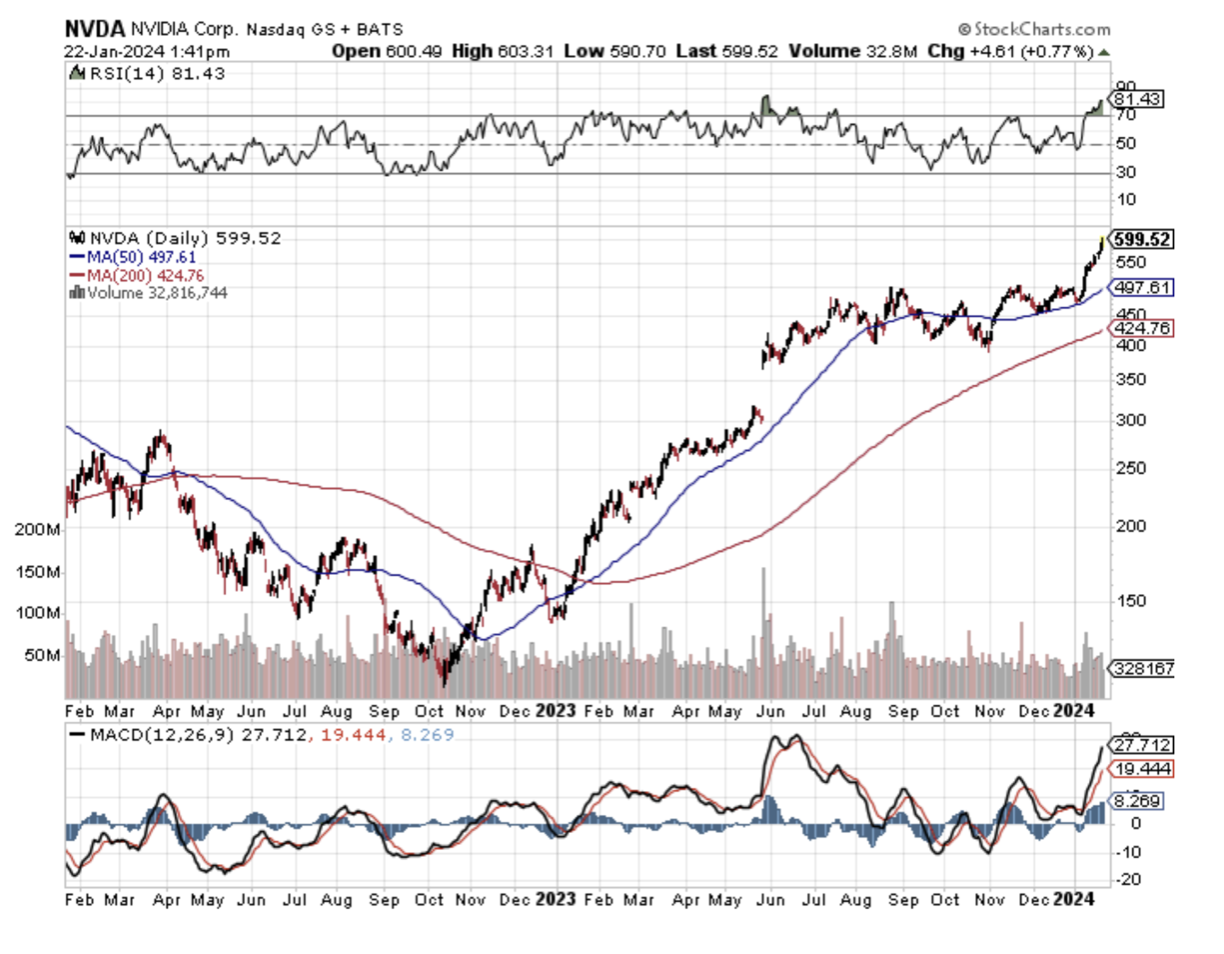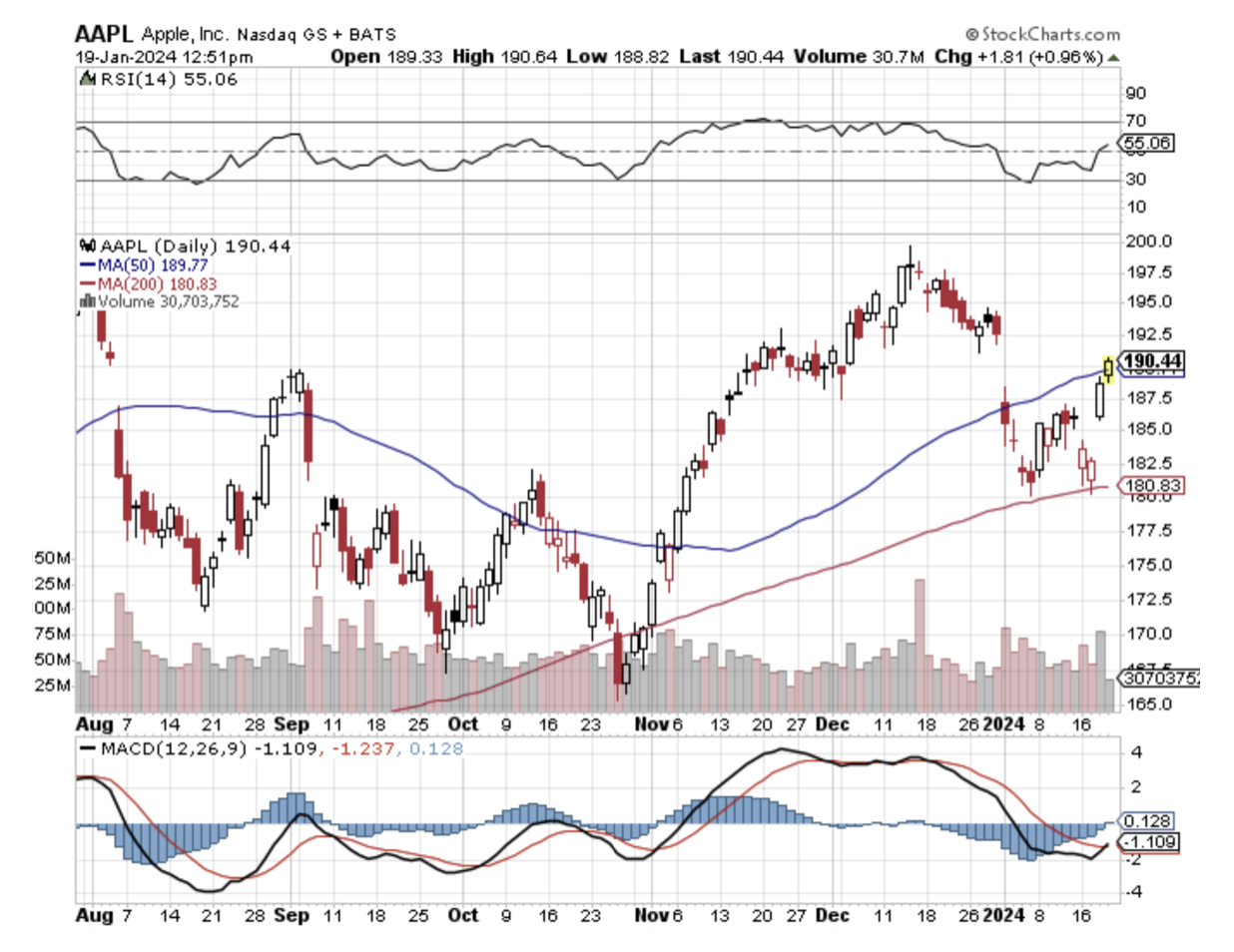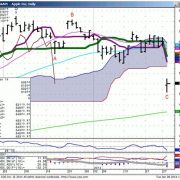Stocks and firms tethered to artificial intelligence won’t always have a one-way joyride to profits.
The honest truth is that the road will be met with drawbacks some years and the sector will need time to digest the new developments.
Mainstream tech has made most people believe that AI can do no wrong in the short-term future.
There is a consensus that it’s the panacea for everything and anything.
The Magnificent 7 tech firms are priced for an AI boom and the hype is there, but it will take some time for AI to really filter into meaningful balance sheet development.
We are still in the beginning stages.
It’s not surprising that the Massachusetts Institute of Technology published a study that sought to address fears about AI replacing humans in a swath of industries and found that artificial intelligence can’t ACTUALLY replace the majority of jobs right now in cost-effective ways.
It’s important to note this report because much of AI has been celebrated with no mention of cost control or benefit versus the price or expenses incurred.
Any corporate tech will need to evaluate whether it’s worth gutting whole divisions to replace it with AI.
In many cases in early 2024, this type of strategy to a workforce could turn into an unmitigated disaster.
For instance, a new AI study found only 23% of workers, measured in terms of dollar wages, could be effectively supplanted. In other cases, because AI-assisted visual recognition is expensive to install and operate, humans did the job more economically.
The adoption of AI across industries accelerated last year after OpenAI’s ChatGPT and other generative tools showed the technology’s potential. Tech firms from Microsoft and Alphabet in the US to Baidu and Alibaba in China rolled out new AI services and ramped up development plans which could serve as a canary in the coal mine for things to come. Fears about AI’s impact on jobs have long been a central concern.
Computer vision is a field of AI that enables machines to derive meaningful information from digital images and other visual inputs, with its most ubiquitous applications showing up in object detection systems for autonomous driving or in helping categorize photos on smartphones.
The cost-benefit ratio of computer vision is most favorable in segments like retail, transportation, and warehousing.
The study was funded by the MIT-IBM Watson AI Lab and used online surveys to collect data on about 1,000 visually assisted tasks across 800 occupations. Only 3% of such tasks can be automated cost-effectively today, but that could rise to 40% by 2033 if data costs fall and accuracy improves.
When getting academic about the subject, many projections feel way too ambitious.
AI won’t take over the workforce in the next few years and will struggle to make inroads before 2030.
That doesn’t mean firms like Nvidia, AMD, Qorvo, and Broadcom will not sell AI-based chips promising better AI.
That doesn’t mean firms like Google, Apple, Microsoft, Amazon, and Meta won’t feel a small AI bump in revenue.
There certainly will be some changes, but wholesale transformation is a ways off.
I believe the AI hype has gotten too far over its skis.
Tech needs to slow down and make sure it’s properly implemented and the real effects will be seen after 2030.






